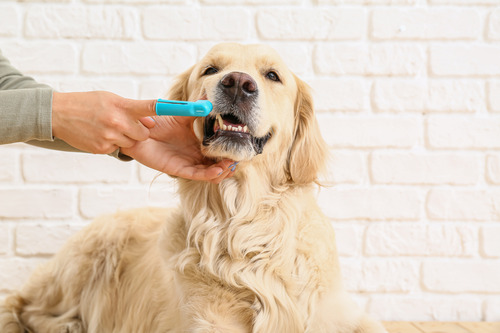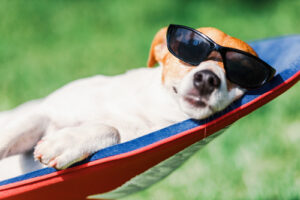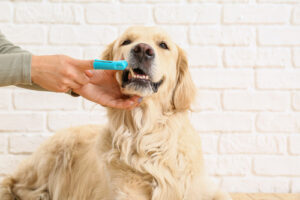Many pet parents know dental care is important, but brushing a dog’s teeth can feel intimidating. The truth is, dog teeth brushing doesn’t have to be a battle. It can become part of your daily routine and even a bonding experience with your pet. Consistent dental care helps freshen breath, supports overall oral health, and can prevent dental problems that may lead to bigger concerns down the road. If you’ve ever wondered how to make dog teeth brushing easier and more effective, these seven tips will guide you through the process. For personalized dental care advice or to schedule your pet’s next dental exam, call Dix Hills Animal Hospital in Huntington, NY at (631) 271-8383 or book an appointment online today.
Why Dog Teeth Brushing Matters
Dog teeth brushing is more than just a way to keep your pet’s mouth smelling fresh. Plaque and tartar buildup can lead to gum irritation, tooth loss, and discomfort. Over time, dental disease can also affect a dog’s overall health, making prevention an important part of routine care. Just as humans brush daily, dogs benefit from consistent oral hygiene at home combined with regular veterinary dental cleanings. When brushing your dog’s teeth becomes part of their care routine, you’ll help them stay more comfortable and reduce the likelihood of needing advanced dental treatments. While the process takes patience, the payoff is worth it.
Start Slow and Build Trust
Introducing your dog to teeth brushing takes time and consistency. Dogs don’t instinctively enjoy having their mouths touched, so easing them into the process can prevent stress and resistance. Begin by gently lifting your dog’s lips and touching their teeth with your finger. Praise them and offer positive reinforcement for staying calm.
Let Them Explore the Toothbrush
Before you begin actual dog teeth brushing, allow your dog to sniff and lick the toothbrush. This helps them associate it with something familiar rather than something threatening. By taking things gradually, your pet will begin to feel more comfortable with the new routine.
Choose the Right Dog Toothbrush
Not all toothbrushes are created equal, and using the right one can make a big difference. Human toothbrushes are too large and not designed for a dog’s unique mouth shape. Instead, use a toothbrush specifically made for dogs.
Types of Dog Toothbrushes
- Finger Brushes: These fit over your finger and allow you to gently rub your dog’s teeth and gums.
- Long-Handled Brushes: These are ideal for medium to large dogs and allow you to reach the back teeth more easily.
- Dual-Head Brushes: These feature bristles at both ends for pets of different sizes.
Selecting the right brush makes dog teeth brushing more effective and comfortable for both you and your pet.
Use Pet-Safe Toothpaste
One of the most important rules of dog teeth brushing is never to use human toothpaste. Human products contain ingredients, such as fluoride, that can be harmful to dogs. Instead, choose a veterinary-approved pet toothpaste, which comes in flavors like chicken, beef, or peanut butter that appeal to dogs. A pet-safe toothpaste not only makes brushing safe but also turns the experience into something enjoyable for your pet. The appealing flavors help your dog see brushing as a treat rather than a chore, which makes the routine easier to maintain.
Create a Routine and Stick to It
Consistency is key with dog teeth brushing. Choose a time of day when your pet is calm, such as after a walk or in the evening before bed. Regular brushing helps your dog get used to the process and reduces anxiety over time.
Frequency of Dog Teeth Brushing
While brushing every day is ideal, even a few times per week can make a big difference. The more often you brush, the more effectively you prevent plaque buildup. A predictable schedule helps your pet know what to expect and makes the process smoother for everyone.
Focus on Technique
Brushing your dog’s teeth isn’t about speed. It’s about thoroughness and gentle care. Place the toothbrush at a 45-degree angle to the teeth and use small circular motions, focusing on the outer surfaces where plaque builds up most.
Tips for Better Brushing
- Concentrate on the canine teeth and back molars, as these areas often collect the most tartar.
- Don’t worry if you can’t brush every tooth at first. Gradual progress is better than overwhelming your pet.
- Keep sessions short in the beginning and slowly work up to a full brushing routine.
Good technique makes dog teeth brushing more effective and minimizes discomfort for your dog.
Make It a Positive Experience
Your dog’s perception of teeth brushing depends on how you present it. Always reward your pet with praise, affection, or a small treat afterward. By turning dog teeth brushing into a positive experience, you’ll build cooperation and trust.
Encourage Calm Behavior
- Keep your tone upbeat and relaxed.
- Stop if your dog becomes anxious and try again later.
- End each session on a positive note, even if you only brush a few teeth.
Over time, your pet will learn that dog teeth brushing leads to rewards, which helps eliminate resistance.
Pair At-Home Brushing with Veterinary Dental Care
Even the best dog teeth brushing routine can’t replace professional veterinary dental cleanings. Your veterinarian has the tools to thoroughly clean below the gum line and monitor for early signs of dental disease. Pairing at-home care with professional cleanings gives your pet the best protection.
Signs It’s Time for a Dental Checkup
- Persistent bad breath
- Red or swollen gums
- Difficulty chewing or dropping food
- Visible tartar buildup on the teeth
If you notice any of these signs, contact your veterinarian for an appointment. At Dix Hills Animal Hospital in Huntington, NY, we provide advanced dental care to support your pet’s long-term health.
Building Lifelong Habits for Better Dental Health
Brushing your dog’s teeth takes patience, but the benefits are worth the effort. With the right toothbrush, pet-safe toothpaste, and a consistent routine, dog teeth brushing becomes a manageable part of your pet’s care. Pairing these habits with regular veterinary dental checkups sets the foundation for a healthier, happier life. If you’d like to schedule a dental exam or learn more about dog teeth brushing, call Dix Hills Animal Hospital at (631) 271-8383 or book an appointment online today. Our team in Huntington, NY, can provide expert support for your pet’s dental health.





